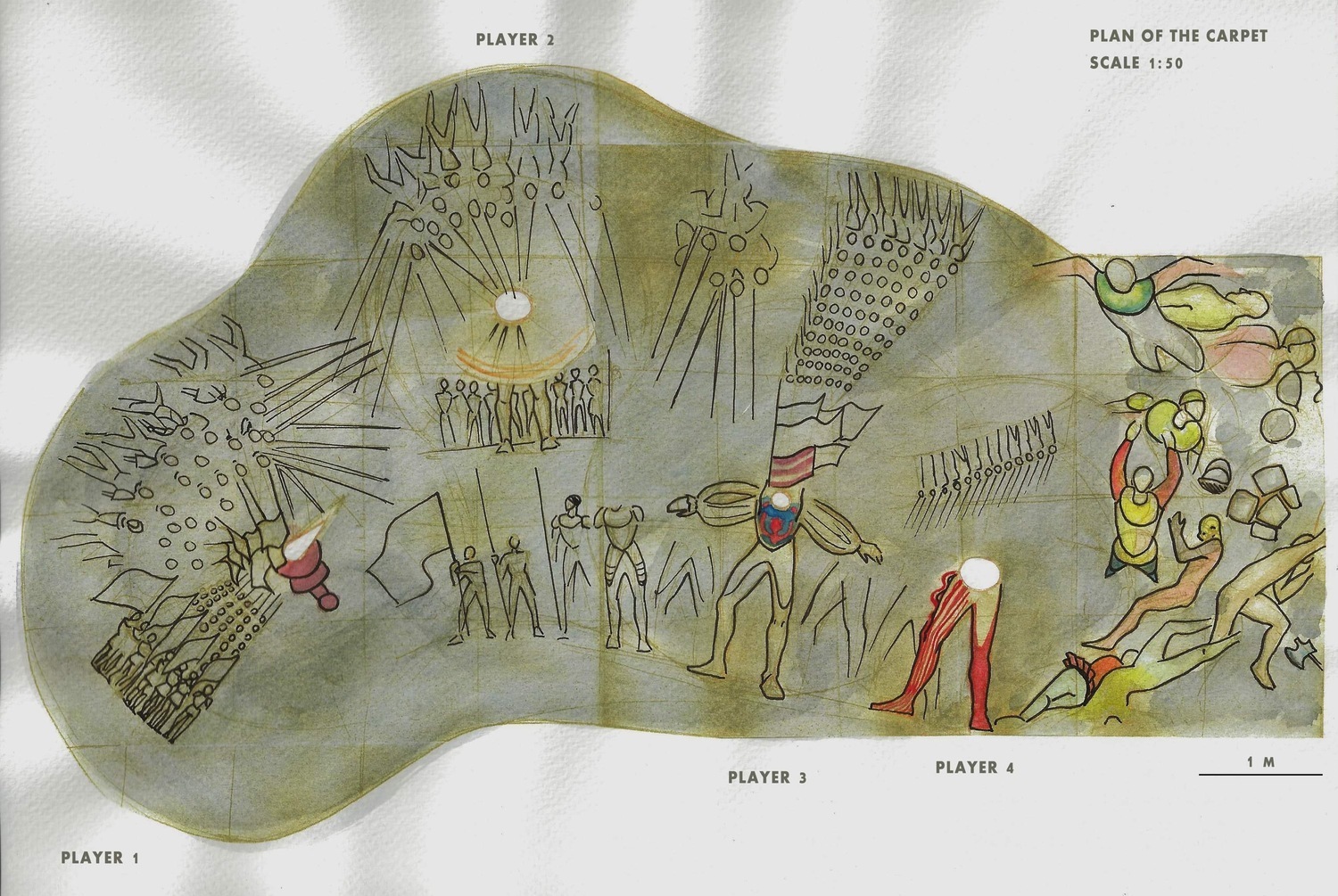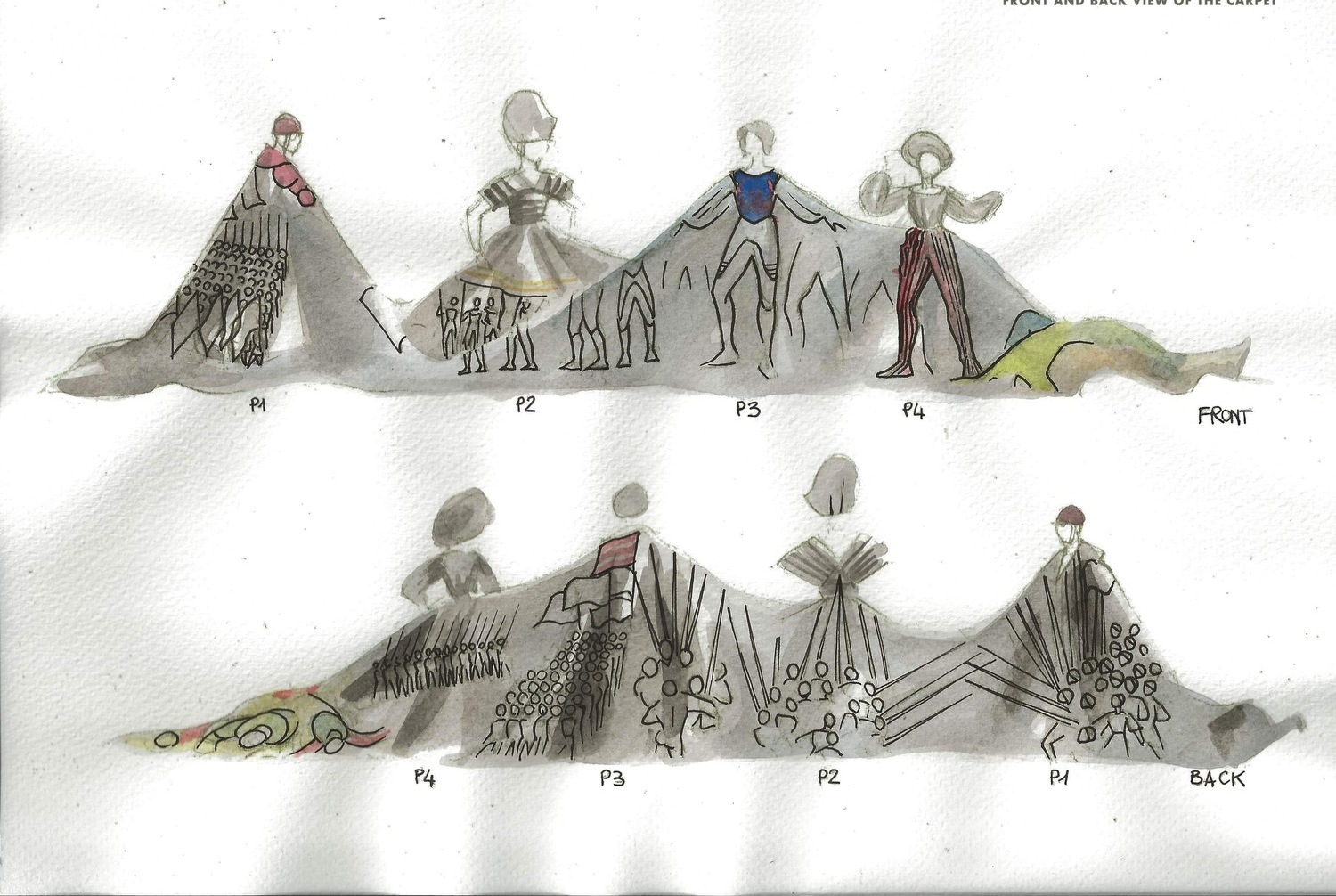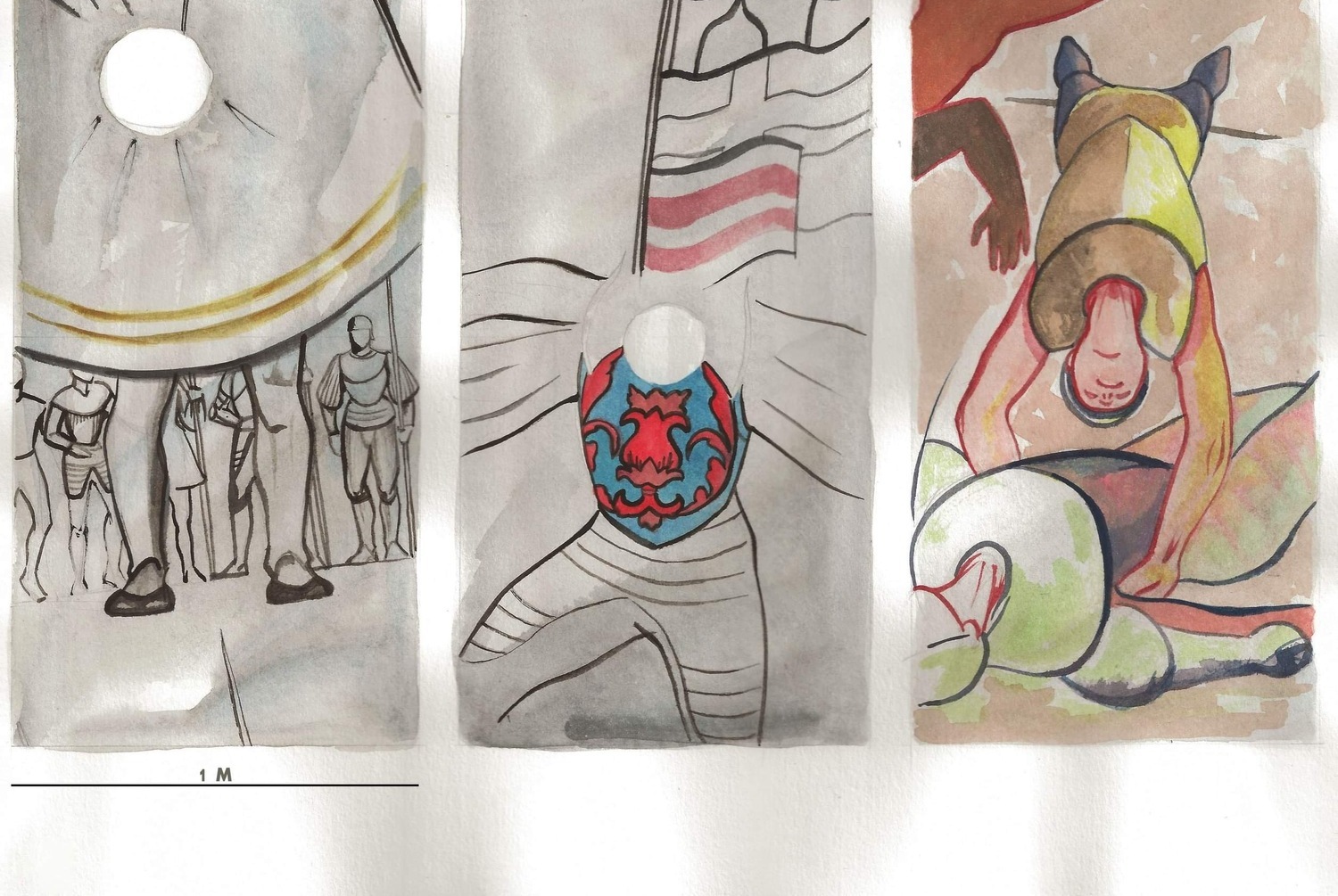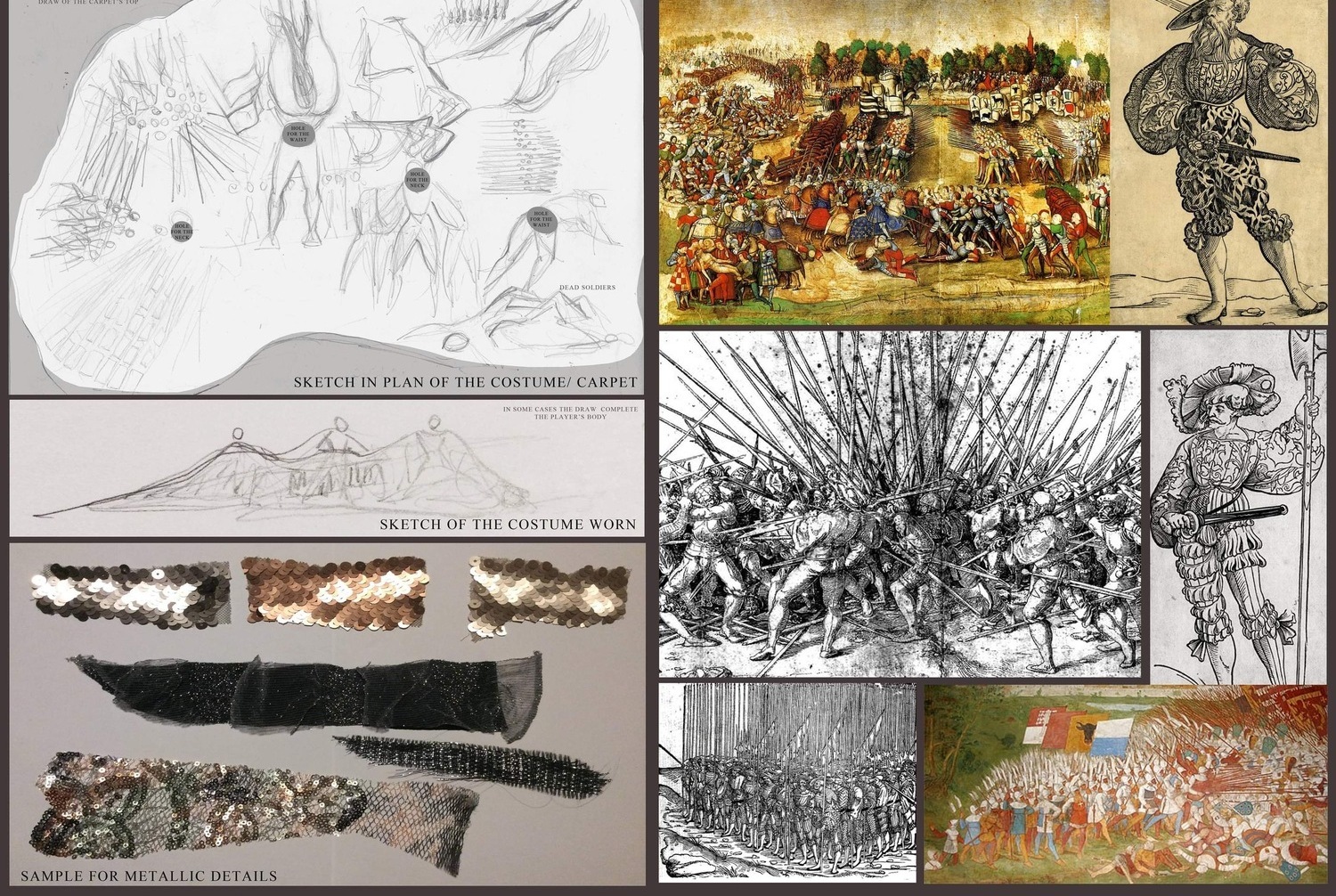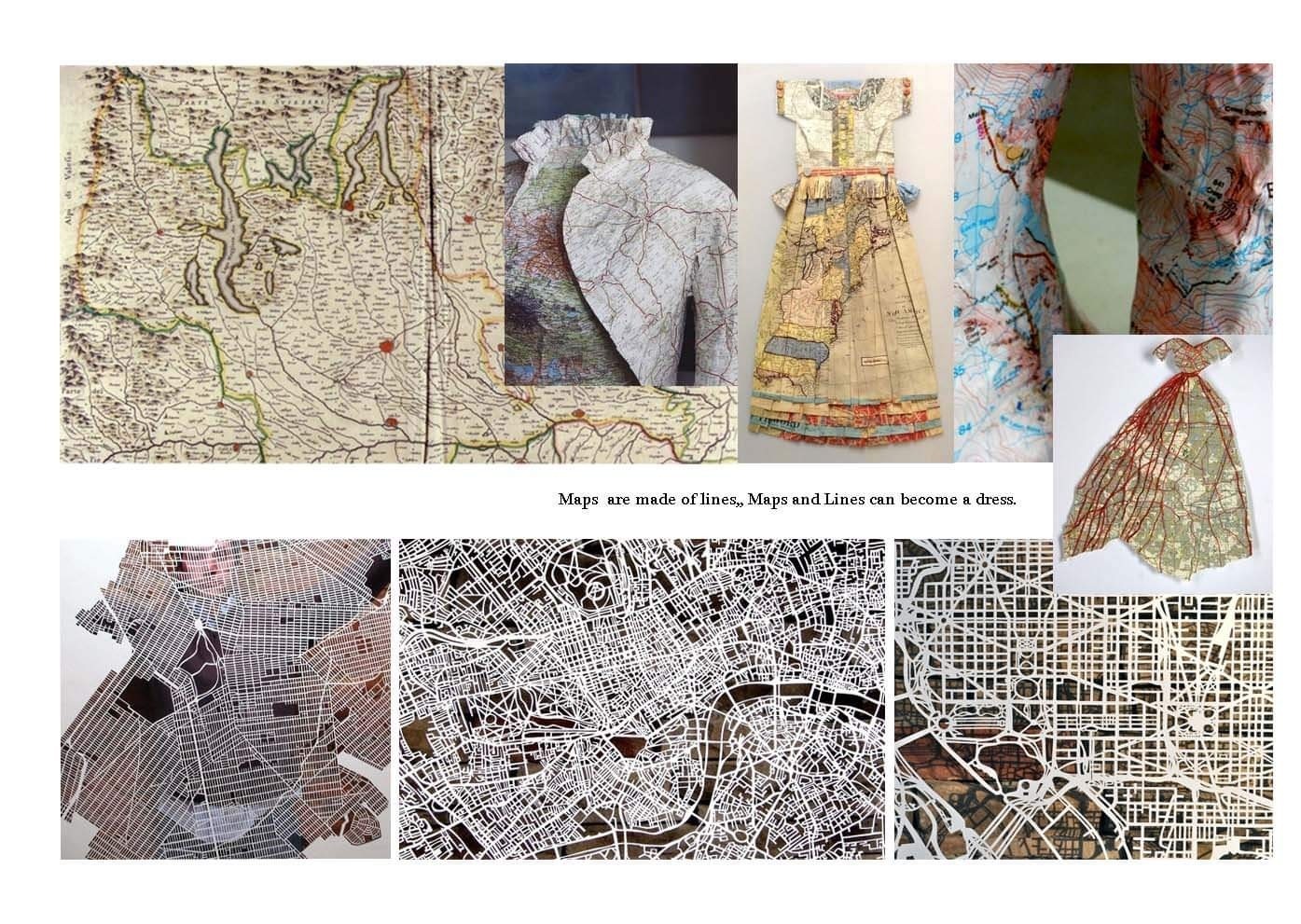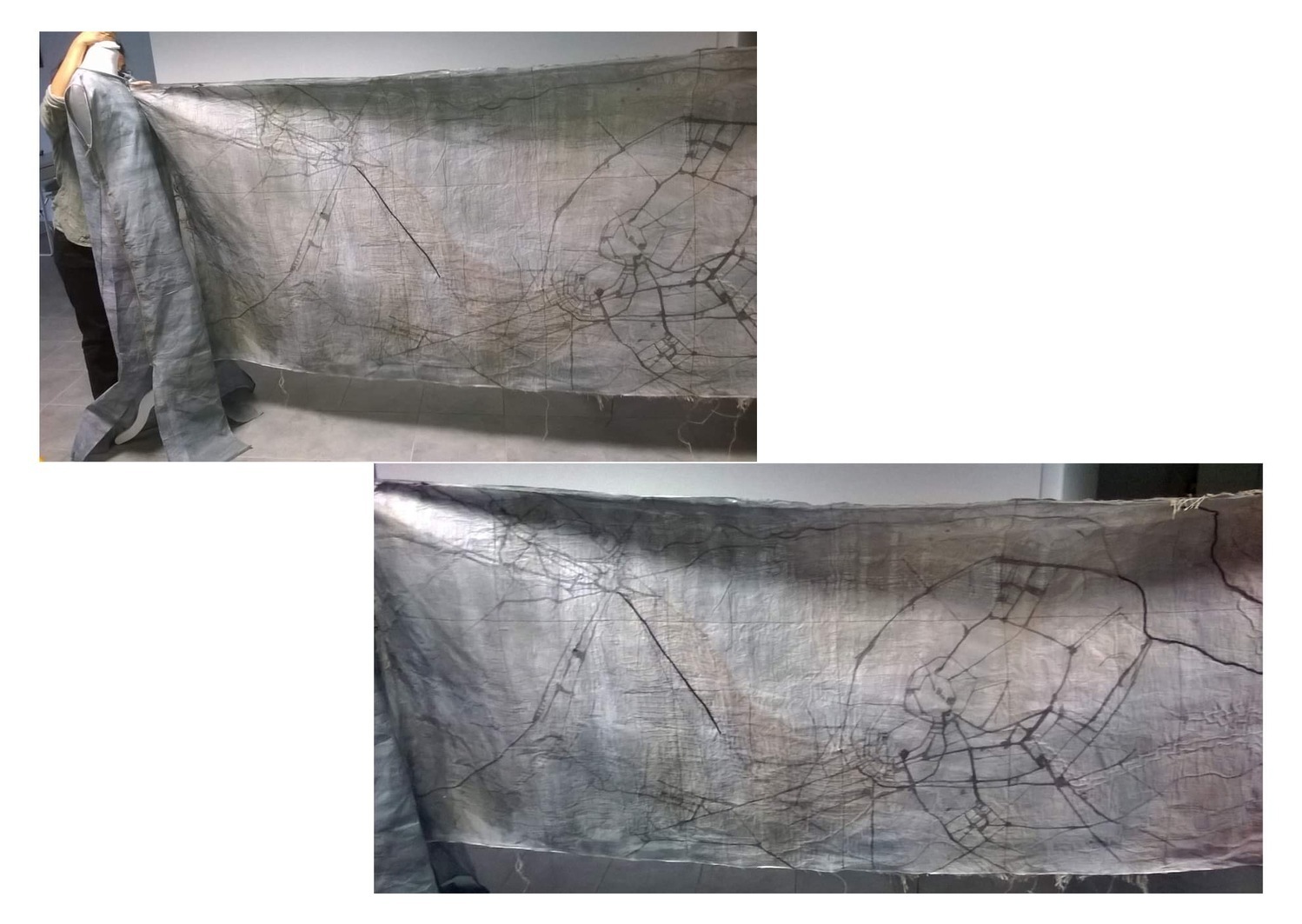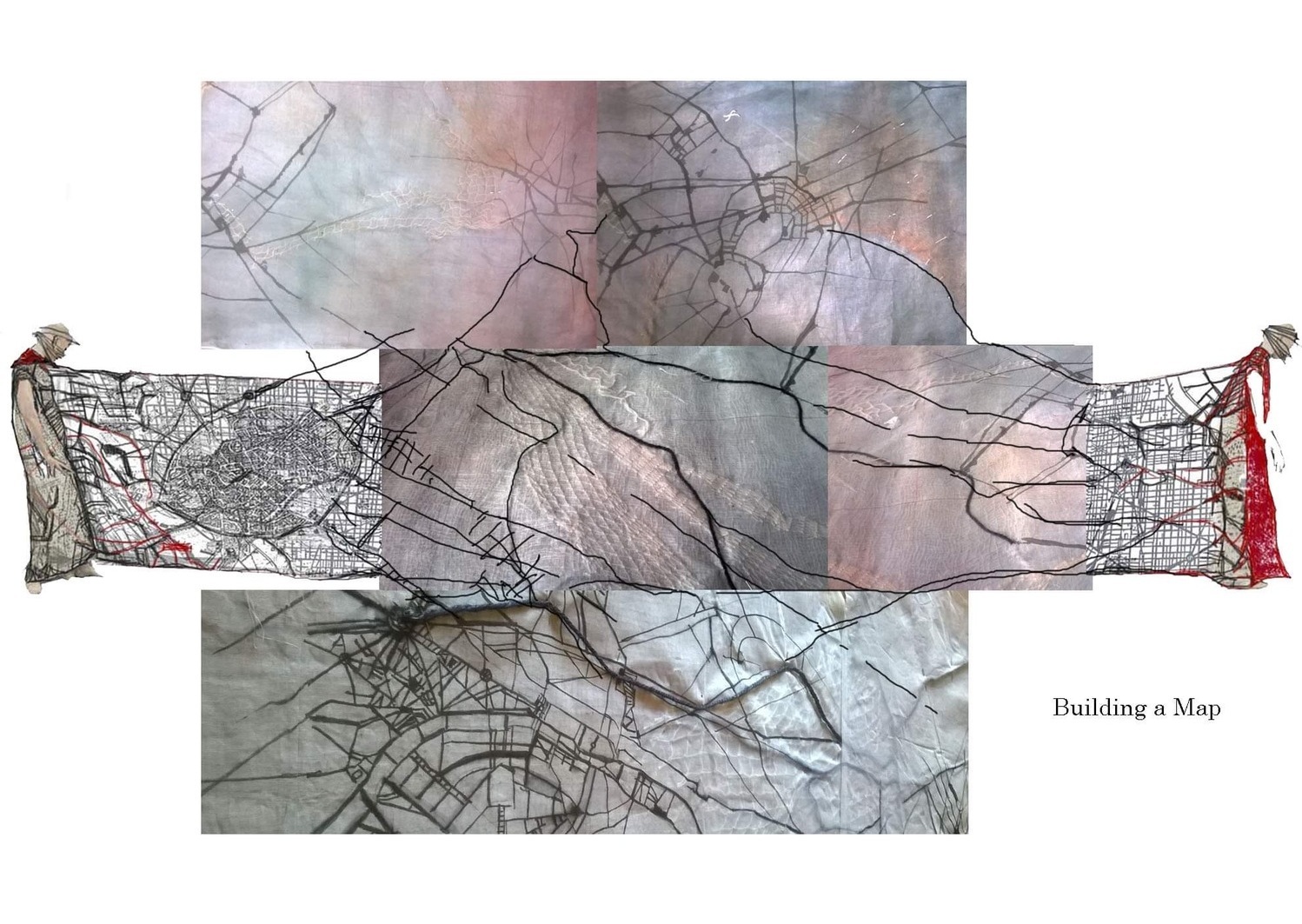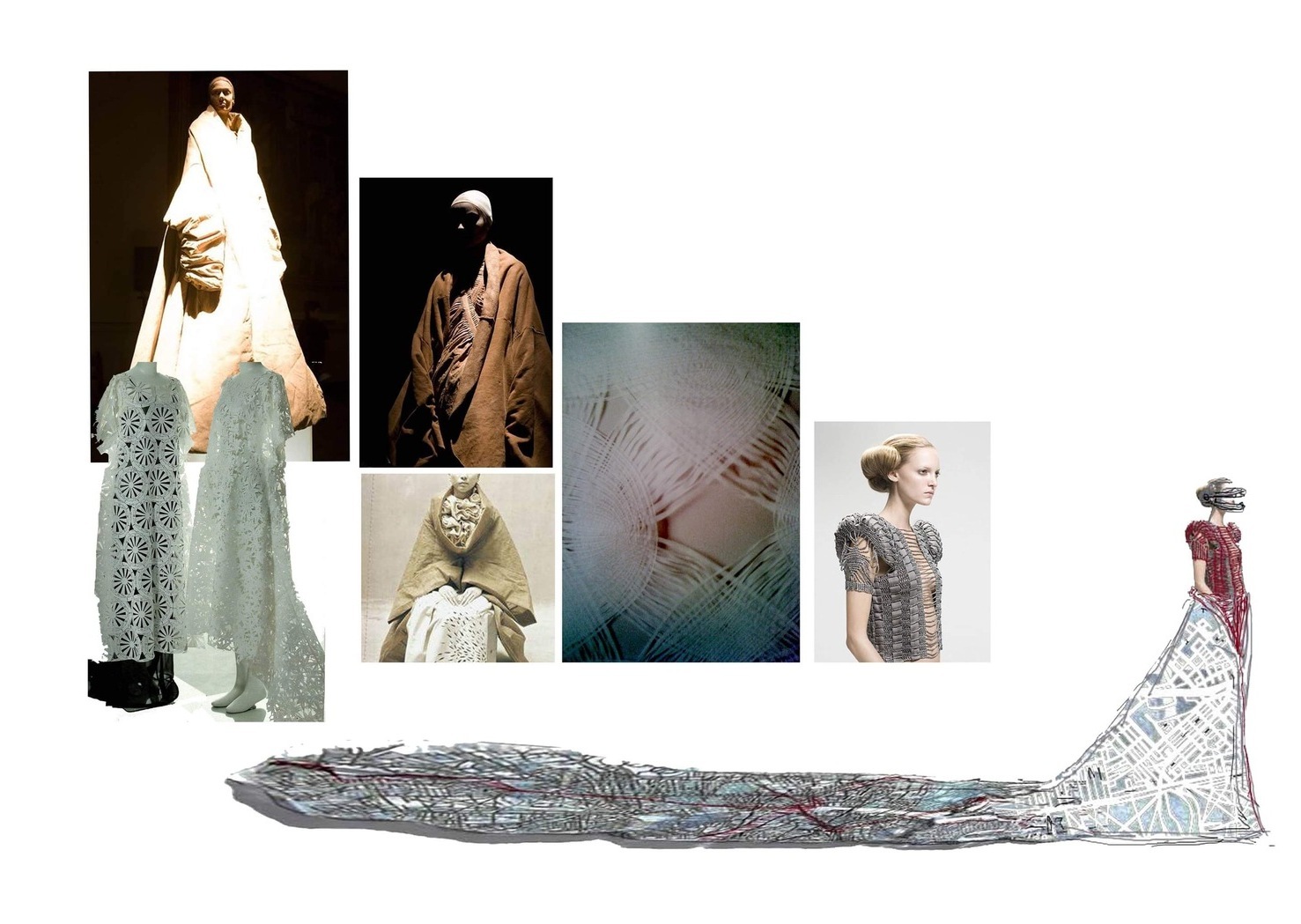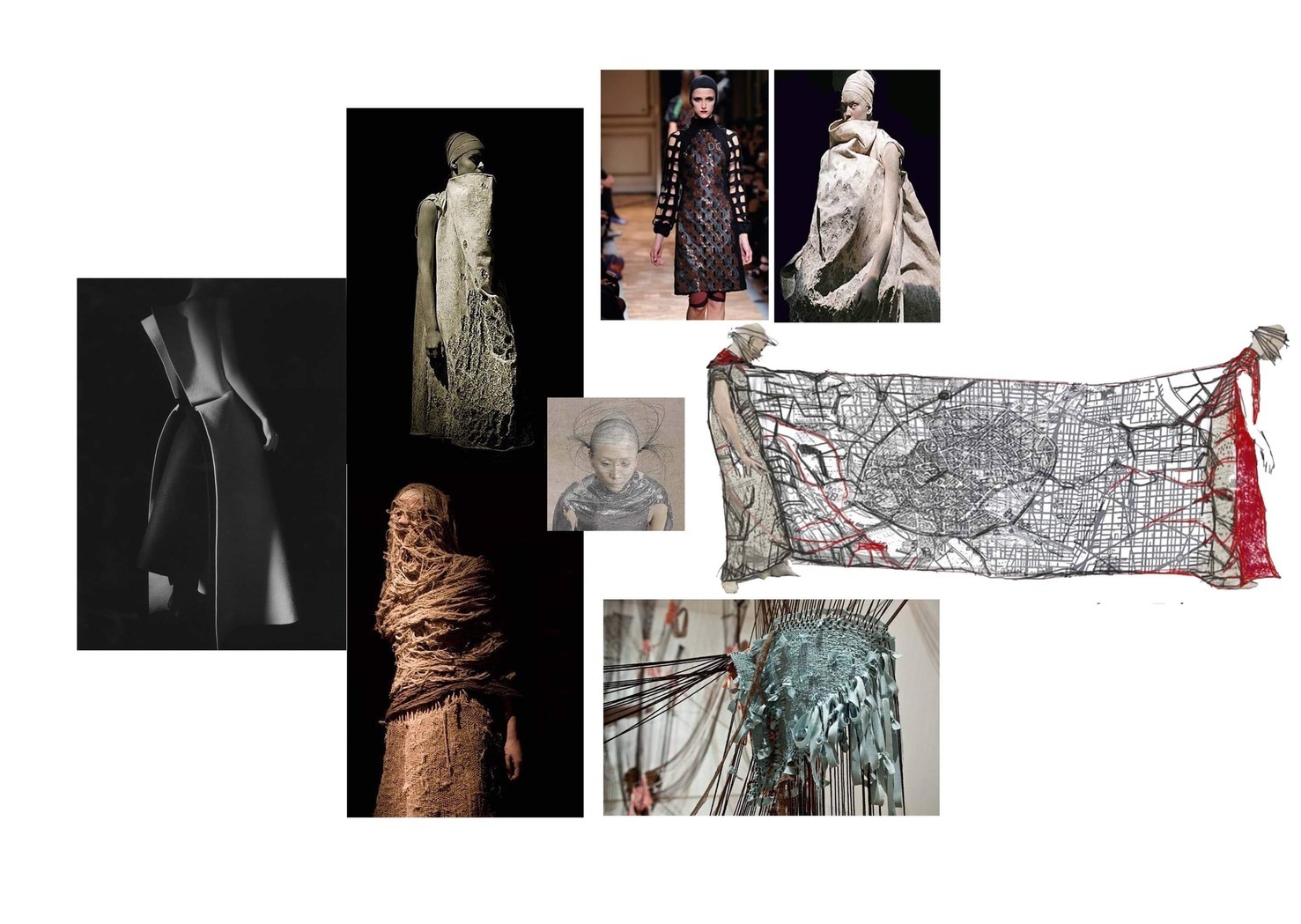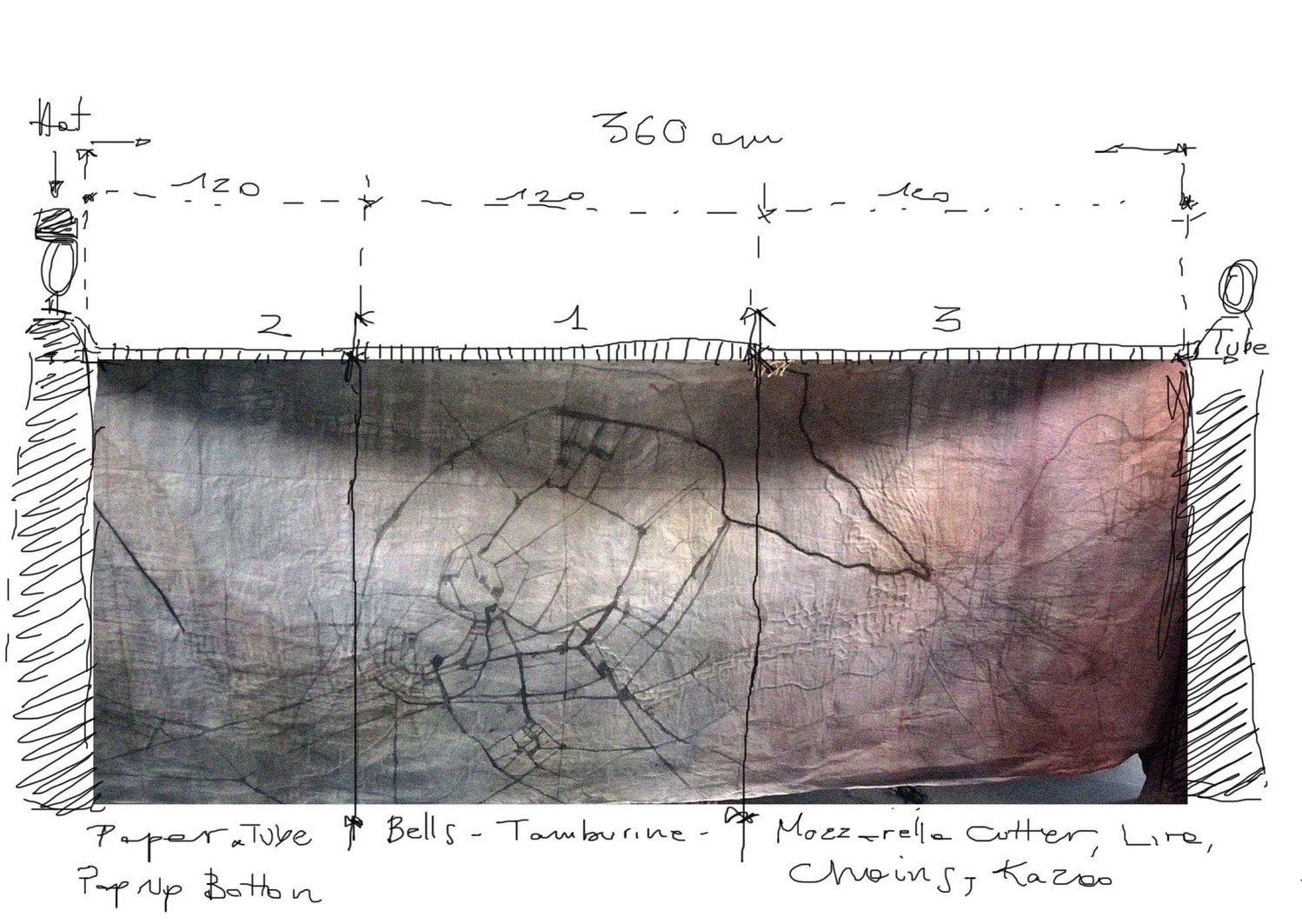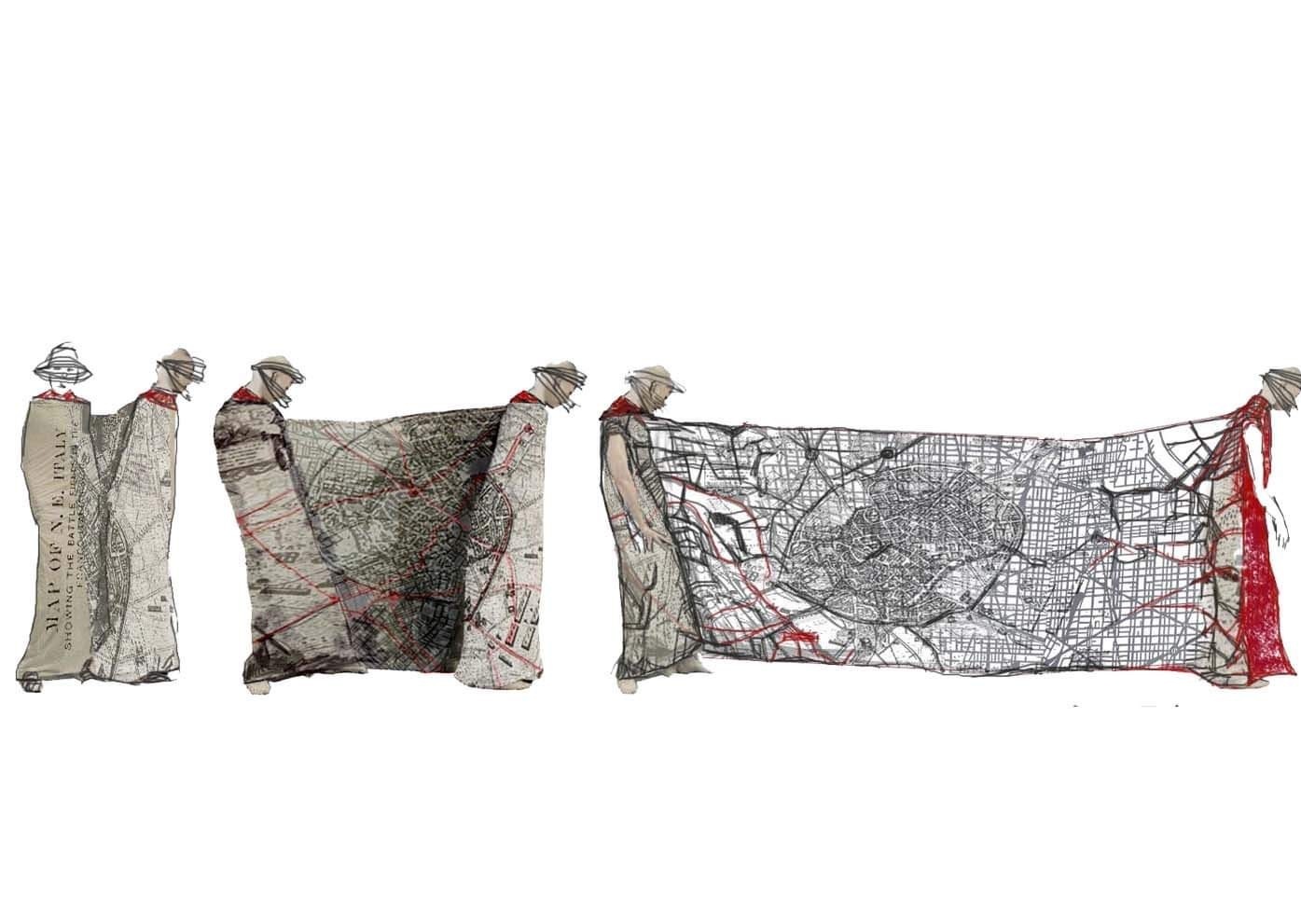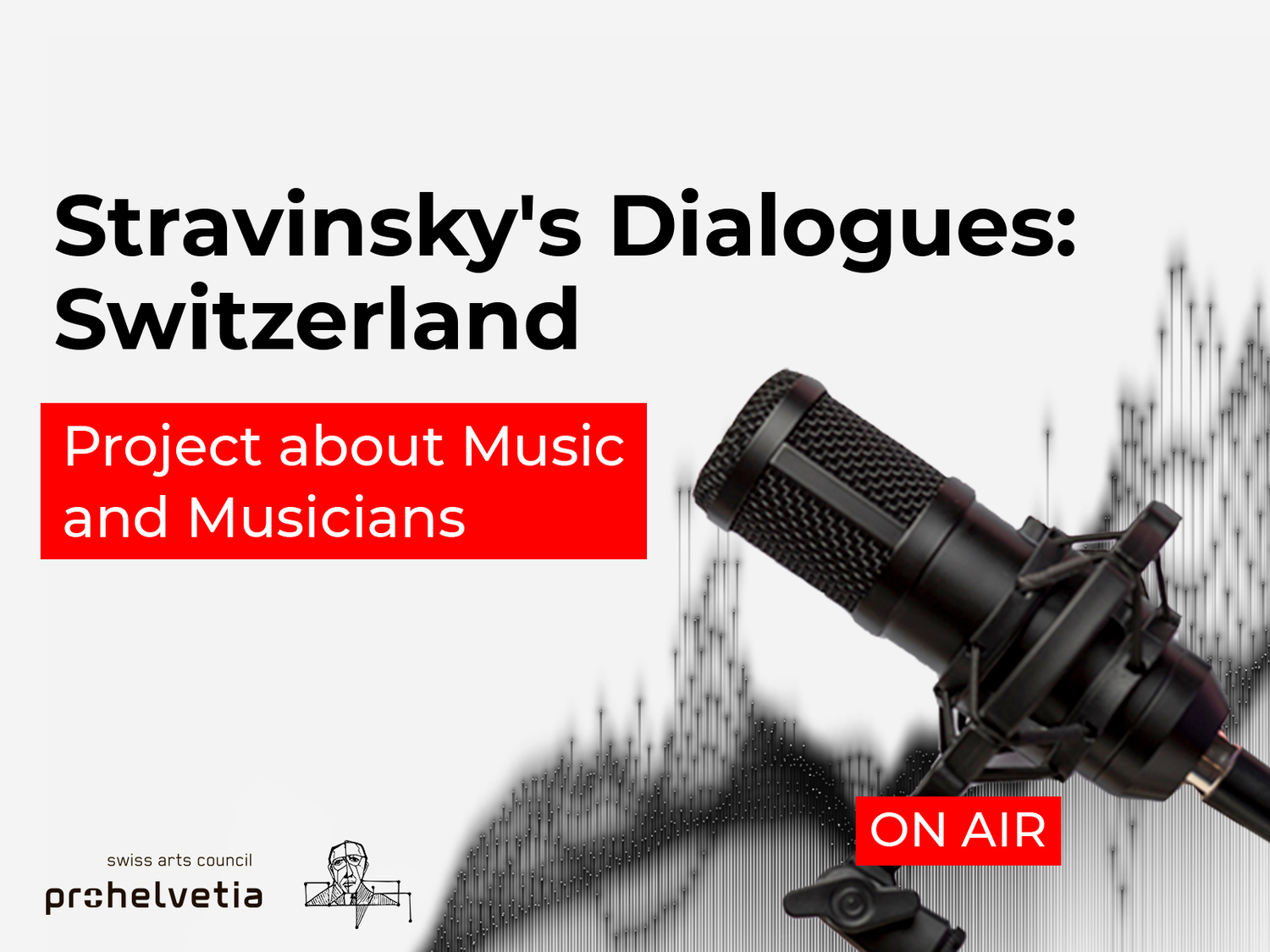

05/08/2021
Dialogue 3:
Pascal Viglino&Tatiana Yakovleva
"I’m interested in my own revolutions"
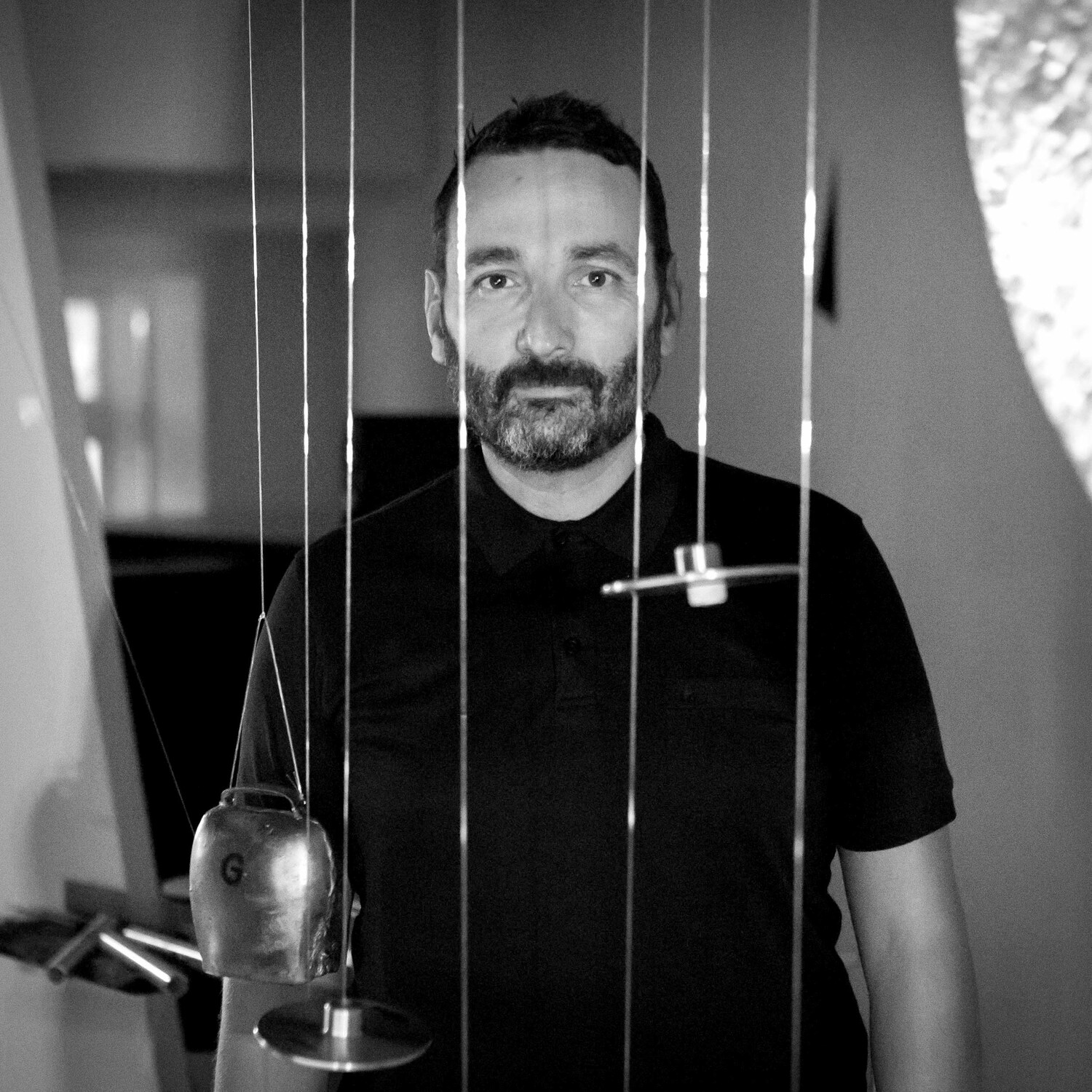
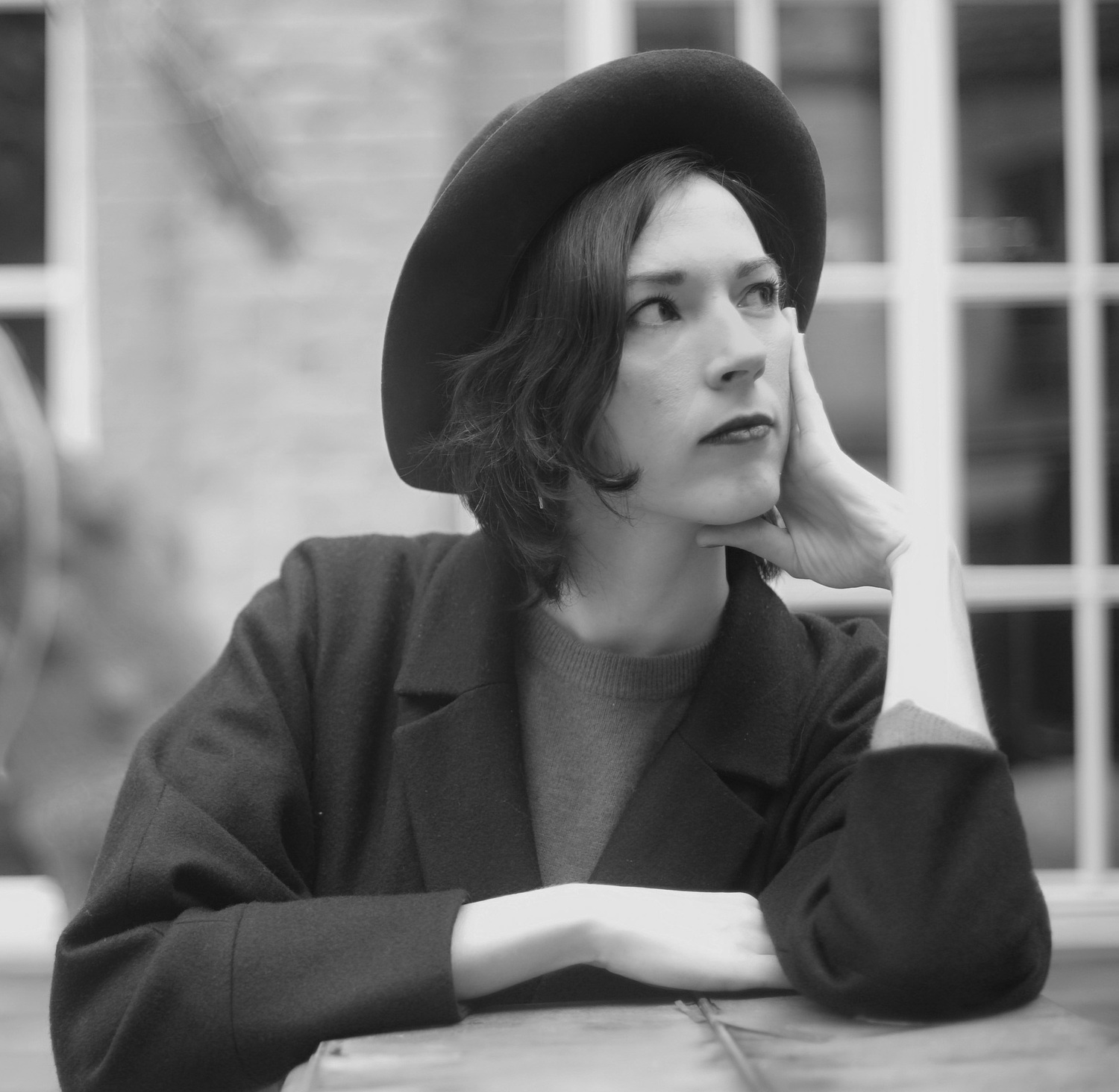
The guest of the third dialogue is a percussionist, composer, performer, founder and the artistic director of Klangbox and dans l'Jardin Pascal Viglino. The interviewer is Tatiana Yakovleva, a musicologist, music journalist, curator, lecturer, the teacher of the Gnesin Russian Academy of Music.
Stravinsky's Dialogues: Pascal Viglino & Tatiana Yakovleva
Обработка видео...
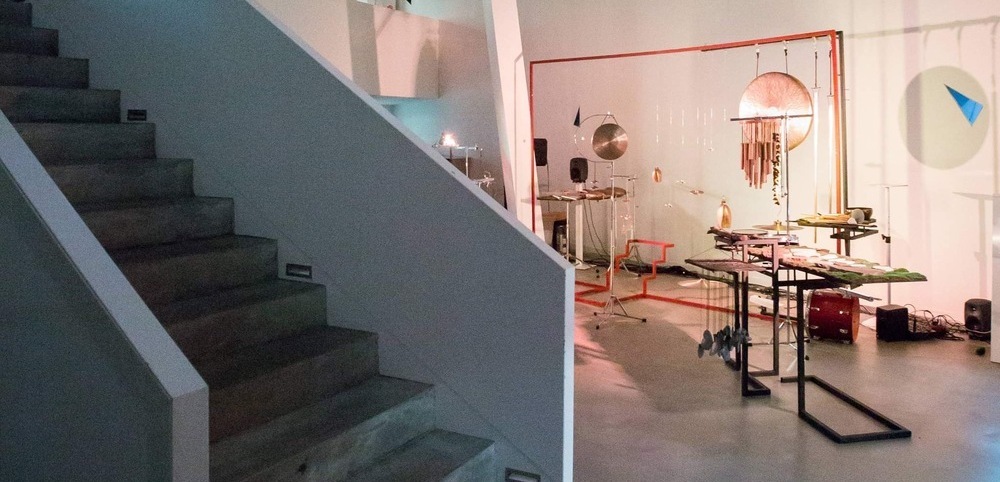
— Hello, everybody! We are very glad to welcome Pascal Viglino — a musician from Switzerland, a conductor, a composer, and organizer of a Swiss project called Klangbox. With great pleasure I made myself acquainted with this project. And the first question would be when this project is gonna be seen in Russia? It’s very very … could’ve been good. Do you have any perspectives or plans to share this project with the Russian audience?
— Hello everybody in Russia. The last time I was there was amazing because I had a chance to play at the Tchaikovsky Hall. It was 10-15 years ago. My memories about Russia are absolutely amazing. Such a strong culture. And I am really looking forward to one of these days to come after the pandemic and bring my project over there. Especially my last project that is called “Soledades”, which is a kind of really related to covid, because this is the story about a lonely man in the mountains. “Soledades” is a kind of Spanish name for loneliness in the mountains.
— We are waiting for this project and any other. And, of course, I understand this project [Klangbox] has already existed for 10 years.
— It’s a platform where I put all of my projects. And in this project, I use a lot of musicians. It can be a solo project or a much bigger project. Up to my last project in 2015 when there were 34 performers. For my ensemble... It can be an open ensemble. It can be me alone or up to 35, 50, 100 — and a budget is really important. If I can explain a bit more about the Klangbox. The specificity of the Klangbox has always been to mix the music with any other expression forms. If you go on my webpage, you will see a lot of different projects, that are music and theatre, music and science, cosmology, music and fashion design, clothes design, which I did with Italian fashion design school. So, It’s always a mix of music and any other expression forms. I will show you a video later when you will see a boxer playing with a contemporary composer. And the challenge is always exciting to find what are the mix points.
— I did get acquainted with this project. And I was really surprised by its unity. It’s always music plus something. Music plus box, music, and literature, music and theatre. And I was very fascinated with this idea. I think this is really contemporary and very fresh sounding and very understandable for the audience. People can get it even if the music is quite complicated. These additional means are really helping. How and why did this idea come for such a project? Why did you decide to mix? What was the influence? Was it Mauricio Kagel or someone else?
— I’m lucky because I’m a Swiss percussionist. At school and at the conservatory [Conservatoire de musique de Genève], when I studied, I had a chance to add 4 teachers. And to be a percussion player means to be able to adapt to any instrument. I wish to be a violinist sometime because the relationship with the violin is so intimate, so sensual. And with percussion all the rooms, everything can be a sound. A chance to be a percussion player gave me a chance to be flexible and really open. And in my career I still have a chance to play a lot of classical music.
I’ve been a fixed member of the symphony orchestra and opera houses. And opera, I think, is the biggest influence. This mix of theatre, of light, of clothes with the music. I think it is really fascinating. I’m not inventing anything, but what may be curious… Before you said “it’s music plus”, but this music plus anything else. The big goal has been not to add a superficial surface, to add something superficial. I’m really sensitive not to add something… Like nowadays we have a big screen in the back, video projections. I hate that. Because if I add something, it really needs to have a meaning. It has a visual aspect but it’s not an effect, it’s extension.
And It is always included right into the music. Sometimes I can use the word "effect", but this is only because there is a dramaturgy in my every pieces, and I’m really sensitive as well to this dramaturgy. Creating sense is really important for me. To have a blurry screen in the back, that’s nothing to me. It’s really how that screen in the back or that decoration makes sense with the music. And it’s really important the way I work. Because a lot of time it’s not my compositions. It’s like, for instance, my project that is called “XiViX -1515”. It’s really interesting because I love to have a musician, the music and other expression forms. So, for instance, the clothes design. I have no idea about those designs. But suddenly I enter into the world. Fascinating. And I discover the art of this world. And I try to take the essence of it and it’s a bit like a war. You know you have the music and the clothes design and they have nothing to do together. But in the middle, there is, I say the no man’s land, this before the war there’s always a free space. And this is the meeting point I’m trying to reach. Where the meeting, suddenly blends them and adds something. So, music plus other expression forms have new elements. And sometimes it’s not a huge change. I don’t have enough talent to make a big revolution. I’m not Picasso, I’m not Van Gogh, I’m not Tolstoy. So, I’m interested in my own revolutions. This revolution is inside. There are the once sparkling moments in a performance that I’m looking for.

— What is first in a composer’s thinking – is it a musical thought, is it an idea of a conceptual sort? Is it somehow possible to deconstruct? For example, I want to work with costumes. What sort of idea is it? For example, I want to work with literature and I’m looking for something there. What is the starting point? Or is it always something very different? How does the initial point of creating a project begin?
— It’s an interesting question because lately, I was wondering when I check my website, my project there is nothing that really looked the same. I have no problem working with amateurs, or chocolate makers, or highly qualified musicians. It’s always for me the inside motor. Sometimes I have moments, or intentions, or feelings of philosophical research that attract me. From that moment of intention, I try to find a way how to express it. That’s really funny. Because I start to write a lot, a lot, a lot…
I was working on a project about the tilt. “Tilt” in French means a moment of inflection. You know, like in a lottery when there are all the balls and a ball with a number falls to win… So, this moment… What is the inflection moment? That was fascinating to me. Then I realized that all was connected like … You know, in the cathedral the church windows… If you are inside the church, they are blue, red amazing mosaics. But if you are outside, you have grey windows. It’s the same inflection moment. Then I started to deconstruct this moment and find a way how to express it.
But sometimes it can be simply a book that I really liked. Especially this literature project with a Swiss writer Max Frisch [project “Soledades”]. For 20 years I’m related to that book. I don’t know why. Then I said, okay, I have this structure of the book. What is inside it? Then I explored it. I worked with the composer. I gave my inputs which are in this book. For instance, I realized there was a lot of water, there were minerals, there were stones, there was wood. Main words to have the piece.
I will talk to you about my very last project [“Soledades”] that is absolutely not contemporary. But the contemporality of this project is based on what happened with the COVID. It’s a good example. During the first COVID in March, I was devasted… What happened? I am an artist. Nobody wants me, etc. I was useless. I couldn’t do any projects. It was meaningless. Because simply nobody cares about contemporary art. I tried the role of an artist listening. What’s happening? To be sensitive of society. So, I tried as an artist to find a solution — in my way — for society. So, I developed a platform where musicians could play 20-minutes at the homes of the people. It got huge success — 1500 mini-shows in the Swiss-French part. So, there was a response. It was a really simple concept, really clear. It was because for 20 years we’ve been creative. So, every situation is based on what animates me, makes me vibrate.
TilT: can we start again?
Обработка видео...
"TilT"
— This is amazing. I think it’s a very interesting project where people from different places could participate at the same time. During isolation, it’s very important to feel that you are needed, that you are a part of musical life and community. This is very important. And it’s very good that you have continued working. I want to ask you about your collaboration works. For example, sometimes you name directors, lighting directors, set designers… How does it work especially with the concept? Do you suggest the concept or do you work with the director? So, this moment of collaboration is quite interesting. People usually have very different views on most topics. What are the common points? This is quite important just in general for the composers or anybody who would like to make such collaborative projects. Your experience is also very important.
— It’s very interesting when you talk about directors or composers. What I do is called transdisciplinarity, a mix of arts. My experience is that. I start always with a new project and a new influence — art influence or an expression form — I have a feeling every time to start from the beginning. I feel I start from scratch. Because my art, the way I work is quite specific. It’s difficult to ask a composer to come and play the composer’s piece, fixed. It’s not the main thing. Sometimes it doesn’t work with composers, with ones who are not flexible, not able to accept this extension and this flexibility of the piece. It doesn’t work. So, it’s really difficult to find someone who is able to think or accept that the music will be 3D. It’s really complicated. I say you can write me just three minutes of music. And it’s okay. With these three minutes, the entire performance can be played. So, if someone is really flexible and open, he wouldn’t compose a piece fixed and blocked — he would talk to me, we will exchange...
And a lot of time the scenography takes. Decoration becomes an instrument as well. Very early I talked with a composer and a scenographer. An object on the stage becomes an instrument. So, the composer really thinks of it as well. The best example was with the collaboration with the clothes designer [in the project XiViX ор.1515]. There is no sound in it. And a composer who is at home composes. There was a meeting. A blind date. So, they had to talk. It was amazing. Because these are two worlds. The people who want to listen to each other. They made amazing small miniature objects. I said to the cloth designer we need sounds of his clothes. He never thought of it like that. Just there was an influence on it. He changed the clothes. These small revolutions interest me. I don’t have a technique. But now I have experience. I really needed to talk to the composer saying: “Are you accepting that I will transform your piece?” Because if you want like a symbol or a gong – maybe in the piece I can find something that sounds like a gong but that has a visual aspect as well. So, I always play with this flexibility. But it’s not for me because I think it’s better. Just because it has another level. It is fascinating. But it’s a really big challenge every time.
— Your visual elements whether it’s like something instead of a gong that sounds the same or it is clothes – all become the material for compositions. Is this because of the music but not because it’s the music-plus? Is it like an expansion of the music? Maybe we could look at a little bit of your composition work. How do you fix it in the score? If you imagine it very visually, with gestures and with movement so could we look into your composer’s kitchen, so to say, into a keyhole?
— I will show you the very first performance I made which is called «Мodz’on». It’s based on the influence I had with the cows because I am from the Alps. I tried to find a contemporary way to have a piece related to very simple objects. It’s a cow box. It was my first piece about 10 years ago when I started my project. And it’s important to show that it is just a cow box that is very simple. And I could play 10 minutes of it without being too bored.
Modz'on
Обработка видео...
— It looks like a magical action a little bit.
— But it’s really precise and the score is really precise, written. What is interesting – to come back as an interpreter. Then it’s not anymore the score of a performer but it becomes something that sometimes takes a little bit more time. You play with time, with distance, with virtuality. You play with the moment which sometimes in the classical pieces you cannot because interpretation is very fixed. Once you know the system you can play the piece. And here’s another video I want to show you [the project XiViX ор.1515]. This is about clothes design. This is the result of what the Swiss composer Leo Dick and an Italian cloths designer Stefania Coretti {did together} [eleven composers, eight designers and a visual artist took part in the project]. What will you see — it’s a material which one part is very traditional music and another part they get from contemporary. What you will see it’s a map of Milan. It’s an example of what we did in the end.
XiViX Op. 1515 \\ Klangbox-Pascal Viglino
Обработка видео...
XiViX ор.1515
— It’s quite interesting to see how I worked six years ago. Things really changed.
— It’s very interesting now to see how it is written. Because it looks like a very united project where there is no difference between the theatrical movements and the musical theme and amazing costumes and design. Looks very united. It is like a synthetic project. Maybe we can look at the score and you can comment. It’s interesting how composers adjust it to the musicians. And what you suggest to musicians. Maybe you can talk about things that are at the rehearsals during the process of working with the musicians. This is the most interesting part.
— You just now saw a small example. The score was really contemporarily written in terms of there was a song – like a popular song, then there was the other part where it becomes a little bit more contemporary which is very precisely written. I don’t have the score now but it’s normal contemporary writing, everything is really very precise. [All sounds and words that are pronounced here] are really taken from the score. We decide which elements or ornamentation can be interesting to bring something to the piece. So, you see the clothes have really a lot of sounds. If we play everything together it won’t be good but once you take just a hat, just small shoulder straps – if you extract these elements, it becomes then really interesting. We can taking which element is interesting.
I can show you another score that I composed. This is not that one. Its name the Skogsta sounds really Russian to me. It [was composed for an ensemble of three women]. It was a commission. It’s about a table and two benches. I wanted something essential but close to the people. Skogsta is the name of a bench and a table of IKEA. Nobody knows but it took a lot of time even to reach that name. It’s not because IKEA is cheap. But because it makes sense about what it is. Simply the idea was to play with the idea of the table. A table is always present in every home. It’s massive. It’s always there. It’s a witness to what is happening in the house. But very silent. I was playing with the idea of the memory of the table in the subconscious. The musician told me that we don’t want many instruments. So, I developed the project with this {a picture-scheme is on the screen}.
It’s an example of composition where I wrote the situation. For me, they have a time — the time of the dancer, the time of the musician. If you do my piece consciously you will develop a sense of timing like in a normal piece. We have to work on the body — not only doing the things. I compose like that. Besides that, the composition of the situation. And besides that, I have the rhythms that can be locked or not. The musicians have the chance to rework what they want to say in it. When I see that again – that’s okay, it’s quite precise. But there is a strong indication. And when you work on the motive or on the idea it can be very [virtuous]. But it takes a lot of energy and creativity to get in it. If not — the piece can be a bit on the surface. I always ask performers to give some personal input, to put something in that piece. Finally, it works much further with the percussion players. Because it’s an amazing chance for percussion players to appropriate and make a sound. If you are sensitive to it, you are really able to appropriate the space. It’s a 30-minute piece. There are some extra solos we added with fixed tunes. In this you can play yourself, you can find yourself but you need to know well the score to be able to play with it.
This is really writing for me. It’s an old piece. And really written for me. I know exactly what’s it about. Until now I didn’t look at the cow box score you saw before. If I would do a really clear score, it could be played quite often. Now I know that it’s a nice piece. But the question is do I have enough energy and time to really write it perfectly. I am happy to play myself. But I think of composing pieces, of writing down precisely so anybody could play the piece.
— The score looks very beautiful. Amazing little people are drawn. Did you draw them yourself?
— Yes!
— It’s amazing! When you see the piece, you want to perform it. So, if you are not a percussion player, but an enthusiast for performing pieces, what are the complicated things about performing it? For example, we have an ensemble in our GnesinAcademy. They are musicologists who are performing different pieces, for example, by FrancescoFilidei, or GeorgesAperghis, or John Cage. They are not percussionists but they are very interested. What do you think, are your pieces open to people who are musicians of not performing educational backgrounds?
— There is something now amazing that wasn’t earlier. I am not too old. I am 43. Now the complicated change that anybody everywhere in the world can check pieces, have an idea of how these pieces are played. It’s somehow a new way of learning that I realized the young students use a lot. It’s great. And sometimes it’s dangerous because one video, one performance on video on YouTube become the standard. Before it was more a tradition. A few people could play such a piece by Georges Aperghis. Nowadays, you have a performance. Aperghis was of my teachers when I studied musical theatre performance. You receive a text. But if the main teacher is not there… I liked to have this freedom. This is a difference with classical music where the tradition was really strong and safe. Now the tradition of transmission is online. I really like the fact to receive a score and do in my way with the respect to that piece, but what the piece tells me. It’s very interesting. For the people, you are talking about it’s quite interesting because I feel nowadays there is a big change.
We talked about Aperghis and Cage. They are contemporary but already in a classic way. There is a part of new composers of the new way of performing music that try to get rid of the tradition, even the contemporary tradition. Is Pierre Boulez contemporary? It’s a very interesting question what is contemporary, what is classical, or what is contemporary classical. I am a huge fan of Grisey and Boulez. But nowadays what is the next step? I am sure that in Russia there is a lot of contemporary music. It’s interesting not to follow the influence of Paris or Berlin, but to feel free to explore. We call it in French “chapel”, it’s a church. People are following the French influence or German. I think it’s time for the new generation to find what is contemporary for them. That’s how creativity and new ways of thinking happen.
— Do I understand correctly, that your project is partially helping the young contemporary composers because there are a lot of people in your project – not your music only. As in the project in 2015, there were several composers up to 20, I think. Is it correct that you are trying to help them as well, give them an opportunity, and is your project also a platform of some sort? This is the impression that I’ve got looking up your projects.
— I don’t feel I’m helping. I didn’t reach the age where I can say “I help you”. No. It’s not selfish, but I do what I think is right for me.
In my career, I still loved to play symphonies, orchestra, classical music. I’m still a huge fan of it. This classical world helps me to try to be a good musician. And I’m really sensitive to the quality of sound. I’m really really sensitive. If even I’m classical and then approach contemporary I will try to find the same quality. And sometimes for me, it was my best background – classical players [like] Martha Argerich [and others]. I had a chance to play with these people. They know, once you can play and beautifully interpret classical music then you know where you are and you can try to explore everything. I am exaggerating but if someone tries to be in the contemporary world then without the technique [it is great as well]. What is important is a talent to search and not to stay on the surface. Someone doesn’t do classical — fine. But then be smart in your other worlds — in literature or… Be curious about something else and be really strong about it. I like the attitude a lot when someone is not technical — he develops his own technique. I’m not a very good composer at all. But when I write for myself, I can build up something and find my way. So, many times I wanted to be a part of the contemporary family. Now I’m getting older. I just try to do my best in what I can do. If someone likes it — great! If someone thinks it’s too childish, too cheap, or anything, now I accept to be cheap. But nobody can reproach me that I didn’t work on my project. I’ve been working a lot.
— What about your team? Do you have quite a stable setup of musicians or people who you work with? Do you have a team? There are a lot of musicians mentioned on the website. As I understand correctly, it is always from the scratch every project and people as well.
— I dream to have a fixed team because for the work it’s faster. Sometimes I like the fact that many times I do a new project (now I have two projects) – I will try to make them new. Not to have the same staging. Not to have the same composers. I try to change. But there are a couple of people who come back frequently. I love it as well. I think for the project – would it be a person or would it be a composer… Maybe I always like Diogenes try to find something. I’m looking for something that doesn’t exist. I’m not against the fixed. But I’m scared that the fixed will lock and make a frame too complicated.
— What about the projects? How long do they exist? How long do they work? For example, you stage the play, the performance. Is it being recorded? In technical terms, how does it live the further life?
— As I told you before, I’m a musician in other ensembles. I do not work full-time on my projects. It would be too exhausting and not exciting. I like to work with other people. I love to just interpret and do my best with other people managing. This is something I like a lot. I’m really sensitive to work and to have a lot of time to play, to perform it a lot. When I say “a lot”, usually here contemporary concerts people take once, twice or three times. And then the pieces are finished. All the projects I did from Klangbox have been played at least 15, 16, 20, 30 times. I wish more. I prefer to do fewer projects but make them live. To play only my projects - no… Maybe that’s why I was a bit slower.
— This is quite a lot. A lot of people can watch it and have a chance. This is very good. Do you look for a platform or a stage that would be more suitable for this or that project? Does the stage or the place or the stage suggest you have a project there? How does it happen the search for the space?
— There is a project where it’s not Klangbox, I’ve been asked by institutions or hotels where I am invited to build up something – these moments I use the space.
I’m interested in the energy, the potential of the space, and the people's capability. If I do my own projects, I try to develop a system that does not depend on the theatres. Because in my system I’m between contemporary music and the theater. It’s already the problem because I try to develop it really open. I’ve got my own light system that is on batteries. It’s a very good system. I don’t depend on a technician. I’m fully autonomous. I can play outside, inside, outdoor, indoor. It depends on the project. I develop ideas to be as free as possible. What is interesting is that if I ask for money, a subvention in Switzerland there is still… I do projects that are really like a theater: there is a stage, scenography, clothes… But I’m asking for the money for music, the music part. But I have to do a theater. The theater needs more money. But I have to ask for the music. So, I have to do a project with more than just as a composer.
And still, I feel people don’t really understand. Even if it’s only music and performance, it has a staging, it has another work than just composition and concepts. So, I try to find the way in that sense. It’s not fully understood in Switzerland.
— This is, I think, a very common thing. In Russia, of course, it happens. Theaters have more money. Most composers work with theaters. It’s quite a common tendency. We don’t have a lot of time and maybe I could suggest looking at the score that we haven’t had the chance yet to look at. Just it is very interesting to look at it from the point of realization of writing. Could we have a look?
— There are only two documents that I could find out today. I would have scanned a lot of things on the computer. Now I can’t. I wish to show you the last two projects, two short performances. Even it [can give] a small idea of how the quality of experience improved.
{the score of work per ënkyé in on the screen} This score is a very old. To show you how I started to compose and write. [There are] a composition aspect, rhythms, and the musical intention. And there are the positions to remember how to play it. I always mix the text and the positions. Usually, it works because it’s a big challenge with 3D performances. The problem with the 3D performances is that you miss always something on the flat score.
Per ënkyé
Обработка видео...
This was in 2011. You can see here a very clear position. The text is really to help or confirm positions. Now what will happen with the computer is that I will do it online for me on the platform. I think it would be more like that. It’s faster to show the gesture. But these are for me. These are different procedures if you do it for the real composition. If someone will have to read it, I would be more precise and work more on it. It is already very precise but I would be even more precise.
To finish about that, what I liked like these old Dieter Schnebel's pieces, he has very visual scores. Or pieces by Mauricio Kagel and Vinko Globokar. We were doing like that.
I love the idea that an interpreter doesn’t know fully how it is about. I like the idea that you have to bring a bit of yourself. This is a margin between the composition you receive and how an interpreter perceives it. Of course, it’s much more complex. But even with that if it’s Bach or any other classical composer everybody could hear, “He doesn’t play in the style”. What is the style? I play frequently with the violinist Patricia Kopatchinskaja. She is a world-renown violinist, an amazing performer. She chooses to have other cadenzas for Beethoven. And some people would say, “It’s not in style. It’s too much”. But in the end, she does what she wants and this is her preposition. And she still respects the artist, the composer that she understands in her own ways. I love that indeed. As long as you respect the composer you can do anything you want. As long as you want to do your best as an interpreter you should be able to do whatever you want. Always with the respect to the composer. Respecting the source.
— Patricia is a really amazing performer. I perfectly understand what you are talking about.I still remember my first impression of her performance of Ravel's "The Gypsy". I listened to several traditional interpretations of this composition: Heifetz, Oistrakh and other performers. The version of Patricia stands out with special detailization. And, despite the visual freedom, this performer very accurately refers to the composer's idea and conveys the essence of Ravel's music.
— Exactly what you said. As long as you have technique and knowledge where you are, you have to respect the composer, respect the score you have, and try to find who you are in the score, what does make you different in Beethoven. It’s a perpetual mixed change. You can do whatever you want. You should be able whatever you want if there is respect and technique.
And this is the last performance. It is called “Soledades” and it’s variation of theme about person's loneliness. It’s an old guy who’s kind of losing his mind because he gets old. And in the mountains, it’s raining all the time. The composer is Vincent-Raphaël Carinola, a French-Spanish composer for the electronic.
SOLedades trailer - Klangbox
Обработка видео...
— Thank you very much. I’m very grateful. And I’m very amused and amazed. I am very keen on such projects as well as theater projects like Heiner Goebbels and his theater musical pieces. And Georges Aperghis. I am writing a Ph.D. thesis on Aperghis. It was very very interesting to see your works and also learn that he was teaching, you were his student. I really hope that your project will come to Russia and we will see them. Because it’s very impressive — the character of its realization and the idea of this conjunction, of very big unity that we saw today. I really liked what you do.
— Thank you very much. It’s a big honor. I promise you I will do my best to come and play in Russia. It would be amazing. The pieces are interesting to bring and share. I would be very curious to see how in Moscow and Russia this transdisciplinary world of music is moving. I’m really curious to see the underground world of musical theater.
— Thank you very much. It was a big pleasure to talk to you. You managed to have time to look at the scores and videos. Hope this is not the last time. We’ll have future connections as well.
— Thank you!
